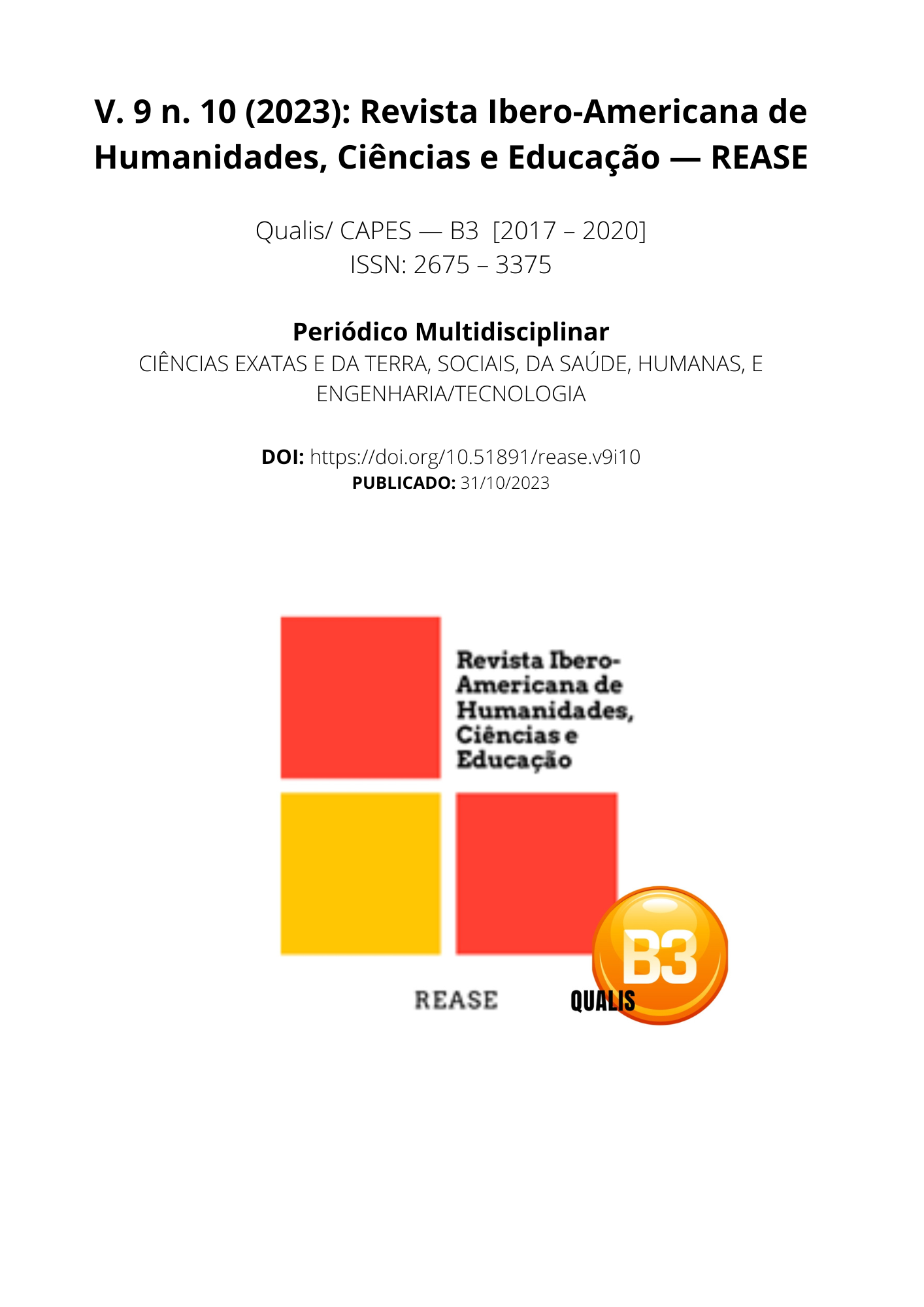SOCIAL LABELING OF EX DETENTS: A STUDY ON REINTEGRATION INTO THE LABOR MARKET
DOI:
https://doi.org/10.51891/rease.v9i10.12172Keywords:
Social tagging. job market. Recidivism. Public policy.Abstract
This article is about the topic of Social Labeling of ex-offenders: A study on reintegration into the job market. A study will be carried out on the reintegration of ex-convicts into the job market and the difficulties they face due to social labeling. Therefore, the research problem lies in the fact: How has the Social Labeling of former inmates been hindering their reintegration into the job market? The general objective of this article aims to analyze the losses caused by this phenomenon for reintegration into the job market, in turn, the specific objectives seek to contextualize the Brazilian prison scenario, understand the panorama of employment opportunities for convicted people and present Policies Public institutions that seek to guarantee this reintegration. The methodology used to produce the article will be bibliographic of a qualitative nature, based on articles, documentary. The expected result of the research is to understand whether Social Labeling really influences the recidivism of ex-prisoners and present solutions to reoffend such people back into the job market.
Downloads
Downloads
Published
How to Cite
Issue
Section
Categories
License
Atribuição CC BY

